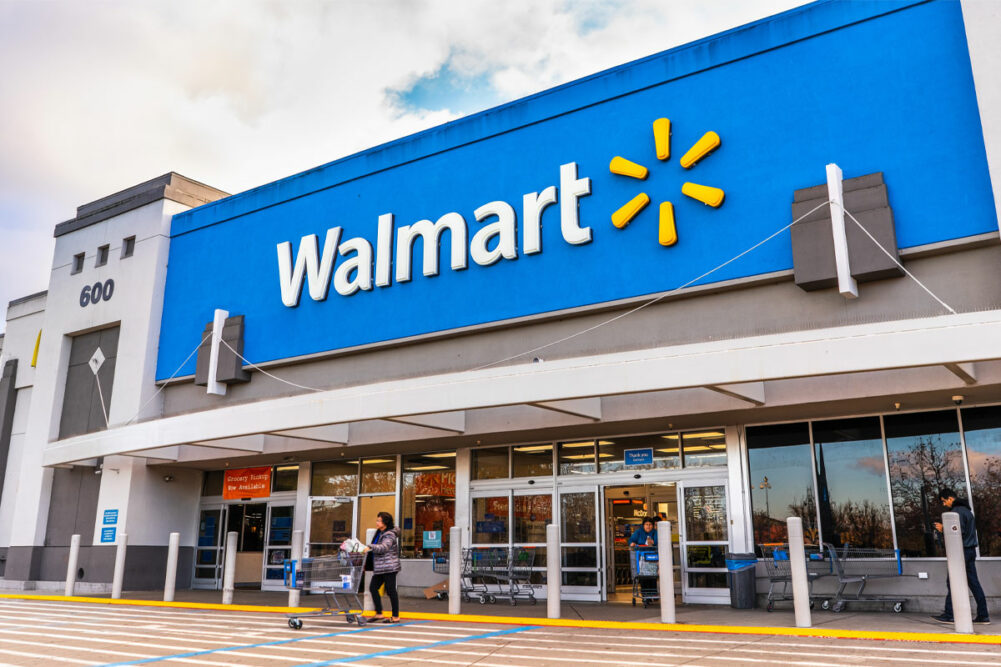BENTONVILLE, ARK. – Consumer spending on higher priced food and fuel is eating into Walmart Inc.’s profit outlook. The retailer lowered its operating income for the second quarter as it is forced to lower prices on general merchandise in order to clear inventory.
“The increasing levels of food and fuel inflation are affecting how customers spend, and while we’ve made good progress clearing hardline categories, apparel in Walmart US is requiring more markdown dollars,” said Doug McMillon, president and chief executive officer. “We’re now anticipating more pressure on general merchandise in the back half; however, we’re encouraged by the start we’re seeing on school supplies in Walmart US.”
Walmart is now guiding that its second quarter and full-year operating income will fall 13% to 14% and 11% to 13%, respectively. Adjusted earnings per share for the second quarter are now expected to be down 8% to 9% and down 11% to 13% for the full year.
Net sales for the second quarter are expected to be up 7.5% and for the full year they are expected to be up 4.5%. The retailer expects a second quarter currency-related headwind of approximately $1 billion. For the full year it is expected to be $1.8 billion.
The retailer made the announcement after the market closed on July 25, when its stock price was $132.02. The price of its shares tumbled in overnight trading to $120. Walmart is scheduled to release its second-quarter earnings report on Aug. 16.
Walmart released its first-quarter results on May 17. Net income for the quarter ended April 30 totaled $2.05 billion, equal to 75¢ per share on the common stock, down 25% from $2.73 billion, or 97¢ per share, in the same period a year ago. Operating income, meanwhile, was $5.32 billion, down 23% from $6.91 billion in the same period a year ago.
Net revenues improved 2.4% to $141.57 billion from $138.31 billion.
During a conference call to discuss the first-quarter results, Mr. McMillon said Walmart was staying focused on the opening price point of such necessities as bread, milk, macaroni and cheese and other foodstuffs.
“We still have this issue where we’ve got to make sure we’re doing everything we can with our suppliers to manage our costs so that we can keep food pricing in a great spot for our consumers,” said John R. Furner, president and CEO of Walmart US on May 17. “We think about our price gaps every day. We talk about it every day, every week, and we manage those carefully. And what we need to do is work together with our supply base in categories like we mentioned, in proteins and dairy, where we see some switching from brands to private brands. And we see switching from gallons of milk to half gallons of milk as said this morning. We’ve got to do what we can in those categories to keep costs low.”
During fiscal 2022, Walmart earned $13.7 billion, equal to $4.90 per share on the common stock, up from $13.5 billion, or $4.77 per share, the year before. Operating income during the fiscal year rose 15.1% to $25.9 billion.
Annual sales rose 2.3% to $567.8 billion.




